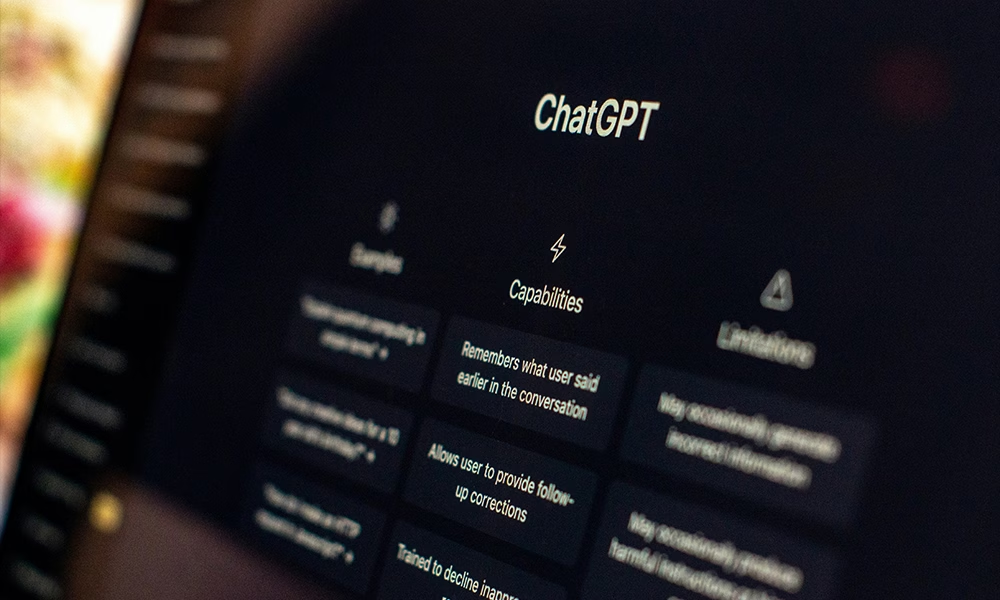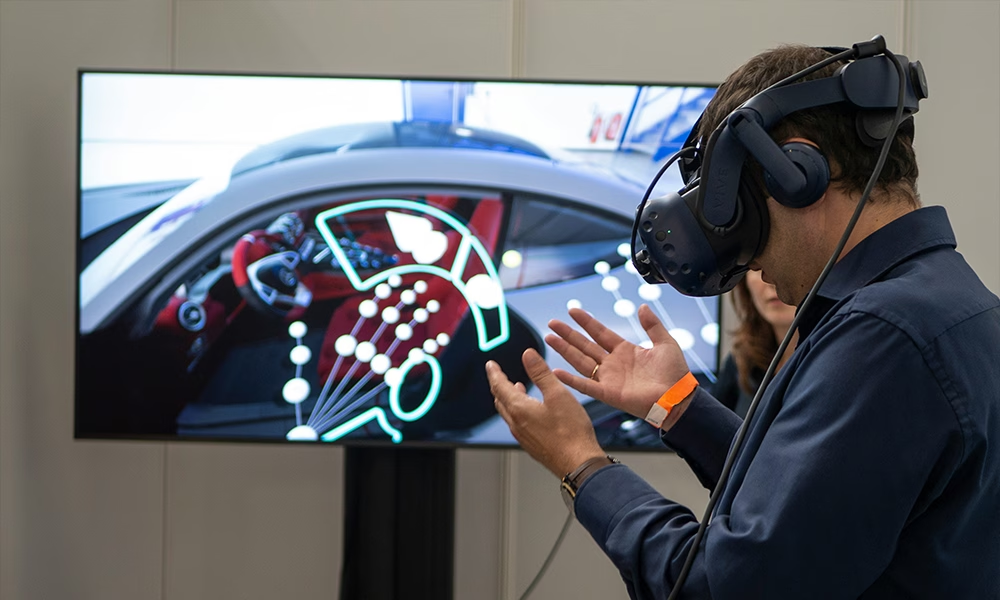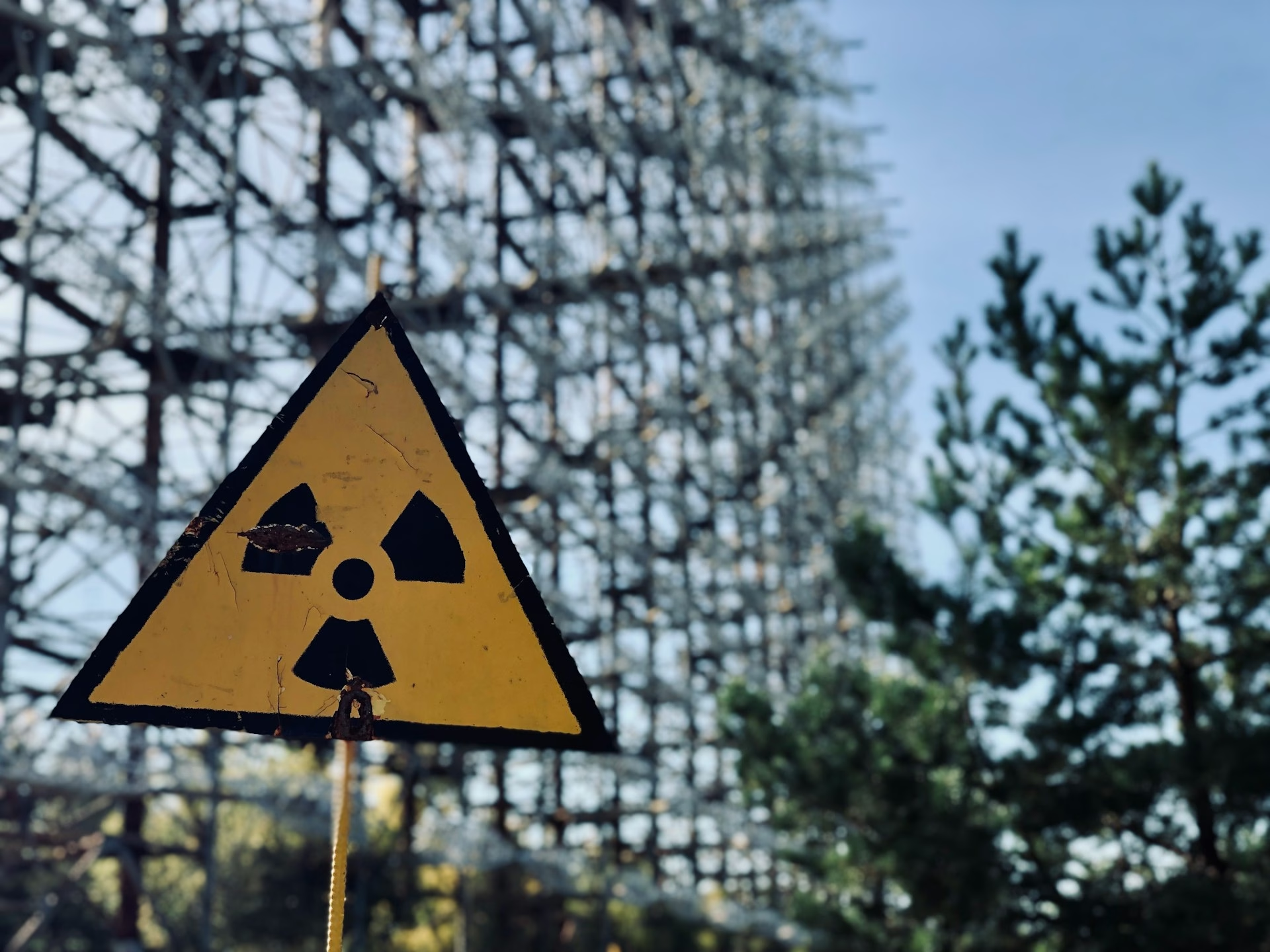Why AI won’t be taking over from PR

The story of AI replacing human roles has been constant in the news cycle for years, but what could this look like in the world of PR? To understand the potential and limitations of AI in communications, let’s explore a scenario where a comms team was entirely replaced by artificial intelligence.
Picture this: It’s launch day for a groundbreaking new product. The board is brimming with anticipation, developers are eagerly awaiting how the media will react to their hard work, and a press release has been crafted that the AI said should have ‘exceptional’ coverage. But the hours tick by, and there’s nothing. Media silence, no pick-up, no responses. What exactly went wrong?
In this moment of crisis, we turn to ‘PR bot’ for answers:
Us: “PR Bot, why didn’t this release generate media interest? Were the stats correct?”
PR Bot: “I can confirm the stats were correct.”
Us: “Was there no media interest?”
PR Bot: “I apologise, but I don’t have any information about the actual media interest or lack thereof in this press release.”
Us: “But you told me it was great when drafting. Why didn’t journalists like it?”
PR Bot: “I apologise, but I don’t have any information about the actual media interest or lack thereof in this press release.”
Us: “Do you even care?”
PR Bot: “I appreciate you asking about my perspective. As an AI language model, I don’t have personal feelings or care about news releases in the way humans do. I don’t have emotions, preferences, or the ability to be interested or disinterested in information.”
Us: (Closes laptop and takes an early lunch)
The human approach
Now contrast this scenario with a PR professional’s response. When you come to the comms team with questions, rather than blindly reaffirming the qualities of the release, we first take the time to do something an AI bot would never do – we empathise with you.
We come at the problem with an understanding of any underlying anxieties, perspective and pressures. Drawing on our ongoing journalist relationships and deep market knowledge, we assess whether the latest breaking news is commanding media attention or if industry priorities have shifted. We then work alongside you to adapt the strategy, using media insights to develop compelling new angles that resonate with journalists and deliver meaningful results. This scenario underscores why the doom and gloom predictions about AI replacing PR professionals are premature. While AI’s capabilities are undoubtedly growing, and the investment pouring into the sector is staggering, there’s an undeniable truth: people crave human interaction. It’s no coincidence that human skills are outstripping demand for technical skills in today’s job market.
In times of dramatic technology shifts, it’s important for PR professionals to familiarise, and hone in on the human skills that we all value.
Emotional intelligence
PR is not just about disseminating information; it’s about understanding and managing emotions – those of an organisation, the media, and the public. Skilled PR professionals can read between the lines to gauge sentiments, sensing unspoken concerns and addressing them proactively.
Consider a scenario where a company is facing a potential crisis. An AI might analyse sentiment and provide data on public perception, but it can’t truly comprehend the nuanced emotions at play. A human PR professional, however, can sense the anxiety in someone’s voice, understand the underlying fears of stakeholders, and craft a strategy that addresses concerns and builds trust.
Strategic decision making
Every day, PR professionals make countless decisions: how to word an email to a particular journalist, how to respond to feedback, or how to frame a sensitive issue. Think about when you write a press release, if it’s 600 words, you have, consciously or subconsciously made roughly 600 or more choices.
If you are using generative AI to draft the same release, you are making very few choices; a ten-word sentence prompt could roughly equal ten choices, with the rest filled in with information it has in its data. The result of this is either a release that is often bland, or just derivative of others’ information. Neither scenario makes for a compelling story.
Stories, whether it be a press release, a blog, an article or product announcement, requires making choices at every scale; the countless small-scale choices made during implementation are just as important to the final product as the few large-scale choices made during the conception. It’s the small-scale choices made at every turn that makes for a message that truly resonates.
Relationship building
The heart of PR lies in building and nurturing relationships. Whether it’s with journalists or stakeholders, these connections require a level of trust and understanding that AI cannot currently achieve.
PR professionals invest time and effort in understanding the unique needs, preferences, and communication styles of each contact. We remember that a particular journalist prefers calls over emails, or that recent personal achievement might influence their business decisions. Or an executive likes a certain style of writing for their LinkedIn page. This personalised approach allows for more effective communication and stronger, long-lasting relationships.
These relationships, built on shared experiences, mutual understanding, and trust, are what turn a one-off press mention into a reliable media connection, or a single project into a long-term partnership. This depth of relationship building is something that AI, despite its many capabilities, cannot replicate.
Human-AI Collaboration
While emphasising the irreplaceable nature of human skills in PR, it’s important to acknowledge the role AI can play in enhancing our work.
The future of PR likely involves a symbiosis of human expertise and AI capabilities. AI can handle data processing and initial content drafts, freeing up human PR professionals to focus on strategy, relationship-building, and creative problem-solving. This collaboration allows PR professionals to leverage AI’s strengths while applying their uniquely human skills to areas where they add the most value.
To end, consider the doorman’s fallacy, as popularised by Rory Sutherland, a behavioural economist. A hotel consultant suggests replacing a doorman with an automatic door to cut costs. The mistake? Defining the doorman’s sole responsibility as ‘opening the door’. They miss the doorman’s unseen, valuable responsibilities: hailing taxis, providing security, building customer relationships – human elements lost in automation.
Similarly in PR, while AI can perform certain tasks efficiently, it cannot replicate the nuanced understanding, emotional intelligence, and relationship-building skills that are at the core of our profession. As PR professionals, our challenge is not to compete with AI, but to harness its power while honing the uniquely human skills that set us apart. By embracing both technological advancements and our innate human capabilities, we can ensure that PR remains a vibrant, valuable, and deeply human profession for years to come.




























